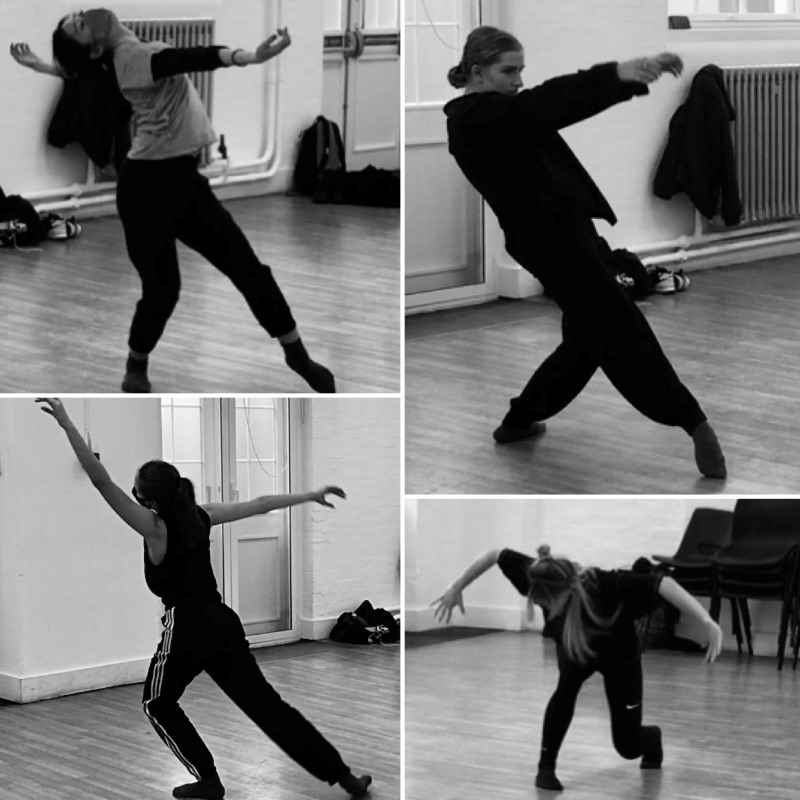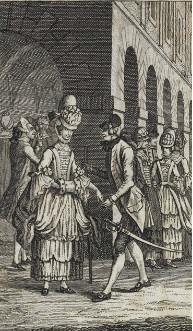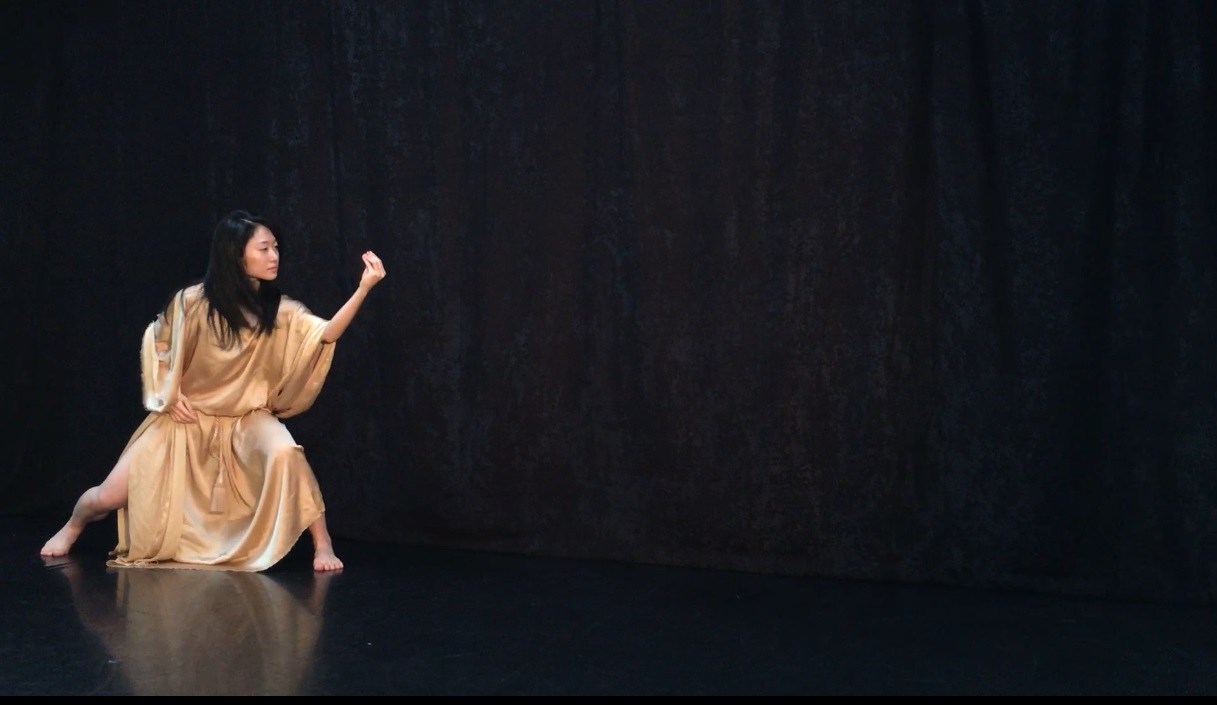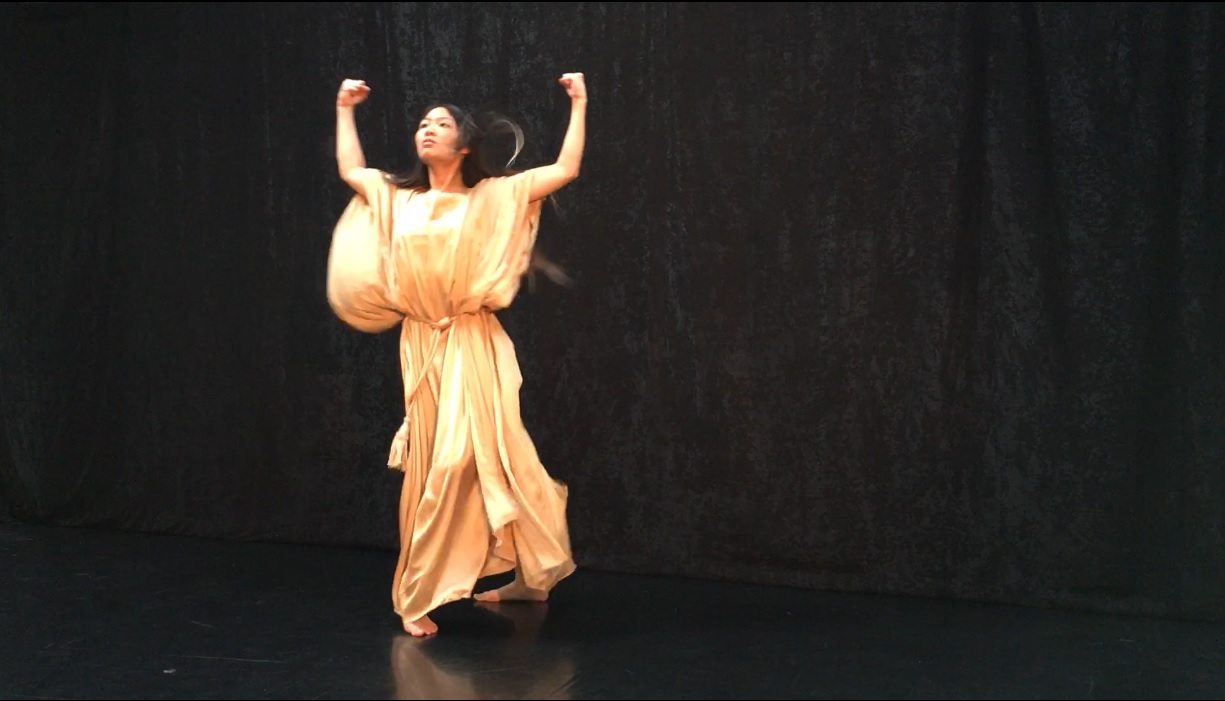Harris’s List of Covent Garden Ladies:
An Augmented Reality Performative Walking Tour

With over a decade working as both a professional dancer and tour guide, the pandemic’s stoppage of live performances and in-person guided tours forced me to take a broader look at my experience and consider what an augmented reality performative walking tour might look like. More specifically, what would be its characteristic, desirable features? My intent is to create an experience that allows for the embodiment of history and engages the participant through an augmented reality application, enabling the performance to be invoked at any time in a particular location. Drawing on a personal interest in London’s Georgian[1] history, the annual guidebook to London’s sex scene known as Harris’s List of Covent Garden Ladies would be the subject of my initial work. How could the cultural heritage of the streets from this bygone era be brought to life, effectively immersing a participant with the aid of such technology, while shedding light on the socio-economic condition of women in the eighteenth century?

Each publication of Harris’s List included well over a hundred prostitutes[2] with a short but detailed description that covered everything from physical appearance to where to locate them. Using such information, a dancer would portray an individual from the guide and perform in the context of the physical location where the subject once lived. My intent is not to portray these vignettes within a traditional concert setting or live street performance. Instead, with the use of augmented reality technology, the performance and the women so depicted would be given an apparent brief reality and degree of immortality.

A viewer engaging with a subject of historical heritage is similar to an audience in a traditional proscenium style theatre. A museum or gallery allows the spectator to move freely and even make their own choices as to where to go and what to see, but the objects within them remain stagnant. Faced with an object’s history, such as Harris’s List , a performance enlightened by the text would lift the lives described virtually off the page; the movement itself would engage a viewer and breathe life back into what was a brief existence for these women, due to occupational hazards. Performance, particularly dance, allows for a history to be embodied and shared with an audience. The characters found within the pages of surviving editions of this salacious guide, and the context of their predicament, ignited my imagination. With one in five women classified as a prostitute, the era offered few alternatives for a woman to pursue an income. Those listed, with varying economic and ethnic backgrounds, and the lives they once led, have been reduced to a few sentences. The majority have virtually no surviving documentation of their existence outside Harris’s List.

The guidebook to London’s most promiscuous players was nothing innovative. There is surviving proof in a similar document from the century before that ‘the trope of sexual choice was sometimes figured as a portrait gallery of prostitutes from which a client could make a selection’ (Denlinger, 2002: 360).
However, Harris’s List proved to be longer lasting[3] . The annual publication would be found in the pocket[4] of many gentlemen, either for the ephemeral pleasure of language used or the informative or enticing details such as addresses, prices and specialties.
List readers would flip through the suggestive entries much like one today “swipes left” through a plethora of assorted images on smartphone applications serving various purposes; with user intent ranging from innocent curiosity to securing future dalliances. By capitalizing on a habit many already possess, I hope to make interface access to these women approachable, illuminating and insightful.

Having been given the opportunity to do preliminary research and development[5] for support choreography, my intent is to bring this periodical to life in as an objective account as possible based on information from surviving guides. I began by giving the dancers the task of using a ladies’ descriptive text to inform their movement choices. Throughout the process of planning the choreography, to a point that allowed rudimentary filming, the overarching directive was to remove the dancers own emotions and personal interpretations. As suggested by Brecht in his essay on The Street Scene, the performer ‘must not go so far as to be wholly transformed into the person demonstrated’ (Brecht, 1978: 125). Due to the subject of prositution and the socio-economic history of eighteenth century London, if the dancers' own opinions were brought into the performance, a disservice could be made to the woman depicted in the text. With limited information available, and the List having been written specifically for the male gaze, it is impossible to draw a conclusion as to whether or not being included in the list afforded more opportunities to better their social status or monetary future. As Elin Diamond states in her essay discussing Brechtian and Feminist theories,
In historicized performance, gaps are not to be filled in, seams and contradictions show in all their roughness, and therein lies one aspect of spectatorial pleasure — when our differences from the past and within the present are palpable, graspable, applicable(Diamond 1988, 87).
There were countless stories of young girls who would be duped into a lifestyle that left them diseased and destitute. The socio-economic factors were vastly different, yet there were cases in which women were able to advance themselves despite the limited opportunities available. One example, Charlotte Hayes[6] ran some of the most successful brothels in St James’s. By embracing the Brechtian technique of defamiliarization known as Verfremdungseffekt, or the Alienation Effect, I feel it possible to objectively portray these stories, while shedding light on the social history for women of the era. ‘Pity for prostitutes is a social impulse with a long history, exemplified most significantly in Christian cultures by Jesus’ treatment of Mary Magdalene’ (Denlinger, 2002: 388), however, by approaching the subject in this way, the spectator may be less likely to make false assumptions. Instead, it may be possible to show how some women fared better due to their business savvy, and sometimes, simply luck.

Although the participant is denied certain performative emotions in choreography and performance when adhering to an objective portrayal, they have the pleasure of viewing the subject in an historically relevant setting[7] . The remaining heritage sites, or the presence of the street itself, places each lady in history, and with the aid of an augmented reality application, the squander and debauchery of a particular time can be virtually experienced.
This virtual approach is a direct response to the loss of work in theatre and tourism in 2020. However, performance in the context of heritage can be immersively experienced with the use of new technology. I hope to attract a broad audience through an amalgamation of theatre, tourism, education and technology, so that one may better engage with those who walked, and worked, the streets centuries before.